Hue Buddhist Fine Arts - Harmony of Royal Court and Zen
Within the framework of the 2025 Vesak Week, Lieu Quan Buddhist Cultural Center (15A Le Loi, Hue City) became an important highlight of Hue Buddhist fine arts life. Here, an exhibition of about 100 works of painters and sculptors on Buddhist-themed paintings and statues took place. The Buddha paintings with elegant lines, Bodhisattva statues carved from terracotta and elaborate lacquer created a quiet yet lively space.
To prepare for the exhibition, artist Nguyen Thi Hue and many other colleagues have started new works on Buddhism since months ago. Artist Nguyen Thi Hue said: Buddhism has a great significance to the art life of Hue. Or it can be said that Buddhist art is a broad content for artists of the ancient capital. Almost all artists in this land have works on Buddhism in their works.
Hue, a major center of Buddhism in Vietnam, Buddhist culture permeates the land and people here. In the spaces of Hue's temples, Buddhist art is present harmoniously, carrying profound religious - aesthetic - philosophical values.
Associate Professor, Dr. Phan Thanh Binh, art critic (Hue), assessed: Buddhism influences the life and aesthetics of Vietnamese people, but Buddhism in the minds of Hue people is more profound, promoting artistic creations. Compared to other regions, painters and artists in Hue, from old to young, are interested in Buddhism. Many painters have created works about Buddhism throughout the past until now, contributing to creating a unique identity for Hue Buddhism.
Many eminent Buddhist monks of Hue believe that Hue Buddhist fine arts are heavily influenced by royal fine arts. This is reflected in the dense appearance of the “Four Spirits” (Dragon - Unicorn - Turtle - Phoenix); the colors of the pagodas are more somber, the architecture follows the style of the letter Khau. The reason is that during many feudal periods of the Nguyen Dynasty, Buddhism was revered, many pagodas were built under the patronage of kings, queen mothers, royal relatives, or by mandarins. After leaving the officialdom, many royal relatives and mandarins went to Thien Mu, Tu Hieu, Quoc An pagodas... to shave their heads and become Buddhist monks, and became enlightened monks. Among the kings and mandarins who influenced Buddhism, Lord Nguyen Phuc Chu had the deepest influence.
Associate Professor, Dr. Phan Thanh Binh said that Hue Buddhism is influenced by many styles besides the royal style such as Champa Buddhism, India, ancient Vietnamese culture... Hue Buddhism is located in the cultural space related to the cradle of Champa culture, is the connection of Dong Son culture, Sa Huynh culture and the flow of Sino-Indian and polynesian culture. In fine arts, Hue Buddhism has the tone of Champa such as indigo blue color, banana tree with elephant, gourd, mysterious objects and magical instruments...
In addition to those elements, Hue Buddhist fine arts, in terms of Buddhist nature, were mainly transmitted from the Lieu Quan Zen sect. Patriarch Thiet Dieu Lieu Quan (1667-1742, in An Thach commune, Tuy An district, Phu Yen province). He attained Prajna and Zen, laying the foundation for the Lieu Quan Lam Te Zen sect in Dang Trong, especially in Hue. Most of the major temples in the ancient capital follow this sect to this day.
Hue identity - Vietnamese soul in Buddhist art
For a long time, Buddhism has been "marketized"; the aesthetic and artistic elements of Buddhism have been admired from outside, causing no small impact on the purity, sophistication, and national identity.
Hue Buddhism, with its historical foundation of ancestral temples, still retains distinct elements in Buddhist art. The statue of Buddha Shakyamuni in the main hall of Tu Dam Pagoda is still considered one of the symbols of Hue Buddhist art. The work depicts Buddha sitting on a lotus throne with his hands in the Samadhi mudra, 1.3m high, made of bronze; made by Buddhist scholar Nguyen Khoa Toan and artisan Nguyen Huu Tuan in 1940.
Painter Dang Mau Tuu, former Chairman of the Union of Literature and Arts Associations of Hue City, assessed that since then, this statue has become a spiritual and artistic symbol of the pagoda, and at the same time a testament to the harmonious combination between Buddhist fine arts and Hue cultural identity.
At the Lieu Quan Buddhist Cultural Center, there are on display a number of Buddha statues crafted during the Nguyen Dynasty with Vietnamese Buddhist influences. The Buddha's image is not plump, fat, or mysterious, but has a simple , thin, big-headed appearance... the type commonly seen in the Vietnamese Truc Lam Zen sect, rustic yet majestic; or the Buddha statues at Tu Hieu Pagoda and Phuoc Duyen Pagoda all have strong Vietnamese influences.
According to artist Dang Mau Tuu, there is a new creative movement in Hue about Buddhist art. Where artists and painters are tending to Vietnamize and Hueize Buddhist art values while still preserving the core values of Buddhism.
Young artist Phan Thanh Hung - who has participated in many Buddhist art creation programs said: "Young artists today are creating a lot of works about Buddhism and want to Vietnamize and Hueize Buddhist images. Many young artists are very serious about creating works about Buddhism. Before and during the creation stage, they meditate and keep the precepts to be able to create unique and soulful works."
The artist believes that the trend of creating Buddhist art will be imbued with national elements and Hue identity because of three factors: Young artists increasingly understand Buddhism; have a pure, compassionate, and friendly mindset; most of them practice and meditate, considering it a part of normal life even if they do not take refuge.
Associate Professor, Dr. Phan Thanh Binh, commented: The trend of Vietnamizing Buddha and Bodhisattva images has existed for a long time and currently in Hue there is a trend of "Hueization" in Buddhist art creation. The most obvious one today is the image of the lotus, which has a strong tendency towards the royal court, Hue singing or Hue melody besides the image as a symbol of Buddhism.
Amidst the cultural and religious currents, Hue has chosen a special path, blending the Buddhist spirit with pure Vietnamese artistic character. There is no alienation from the masses, no grandiose creations of the Northern royal style, instead there is a hidden charm, refinement, "fit" with the soul of the people of the capital.
Source: https://baotintuc.vn/van-hoa/my-thuat-phat-giao-hue-di-san-song-trong-dong-chay-van-hoa-co-do-20250509100010434.htm



![[Photo] Cat Ba - Green island paradise](/_next/image?url=https%3A%2F%2Fvphoto.vietnam.vn%2Fthumb%2F1200x675%2Fvietnam%2Fresource%2FIMAGE%2F2025%2F12%2F04%2F1764821844074_ndo_br_1-dcbthienduongxanh638-jpg.webp&w=3840&q=75)




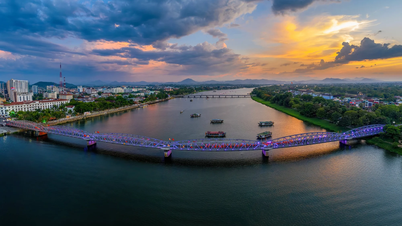

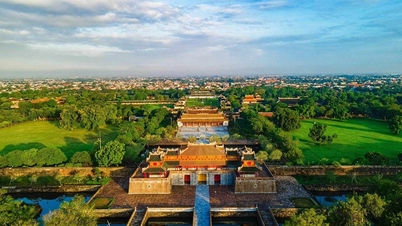

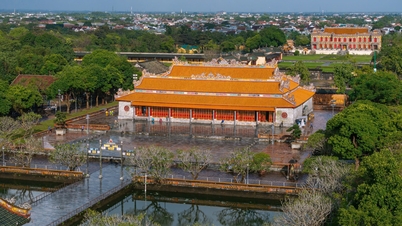

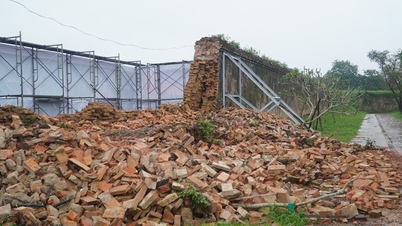
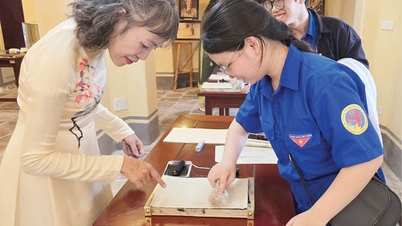

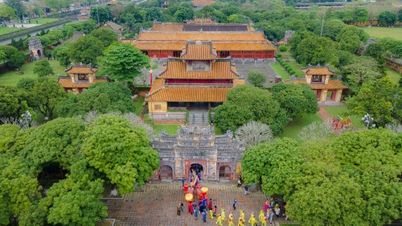



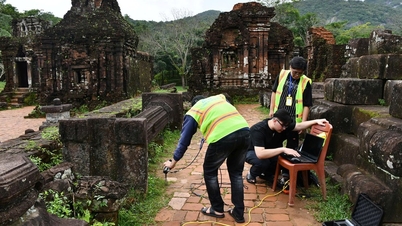
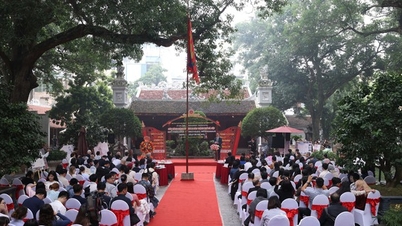




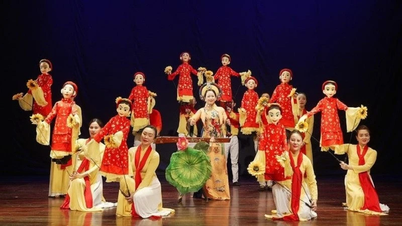





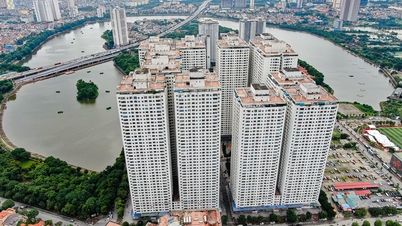
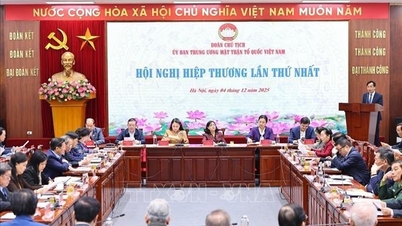

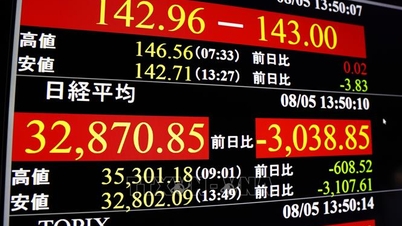
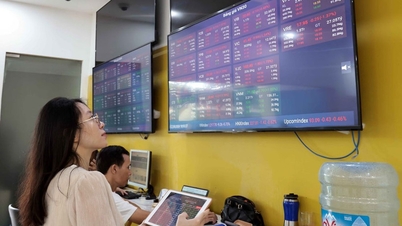



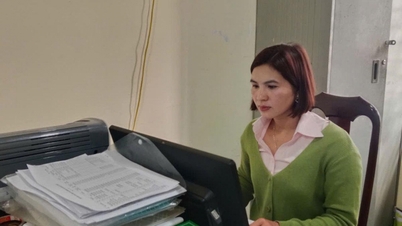

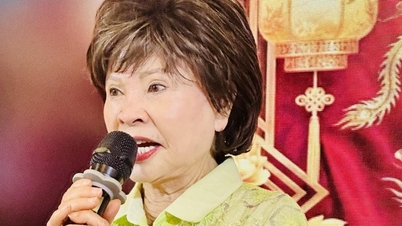

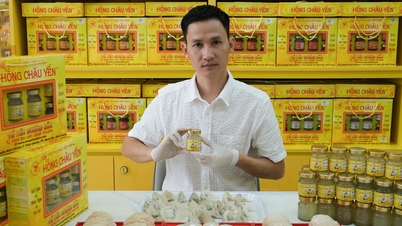

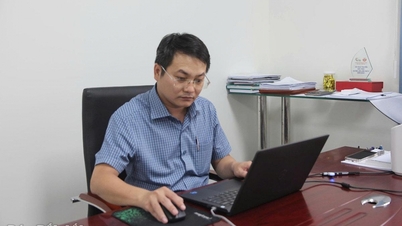




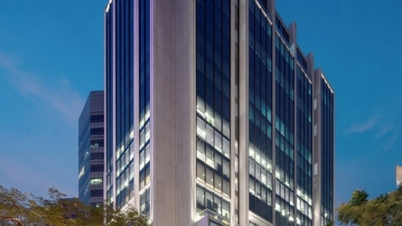

![[VIMC 40 days of lightning speed] Hai Phong Port determined to break through, reaching the target of 2 million TEUs by 2025](https://vphoto.vietnam.vn/thumb/402x226/vietnam/resource/IMAGE/2025/12/04/1764816441820_chp_4-12-25.jpeg)



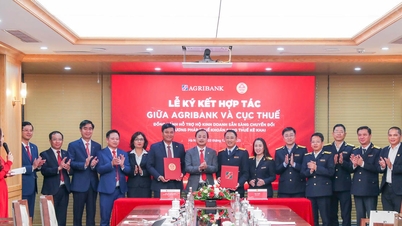













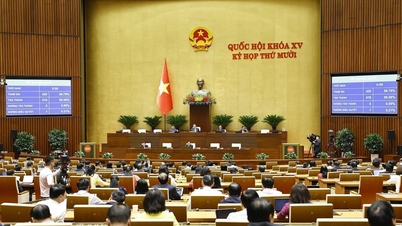
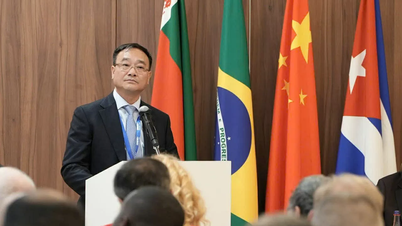



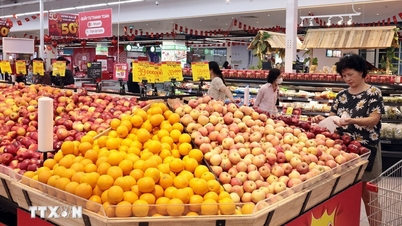

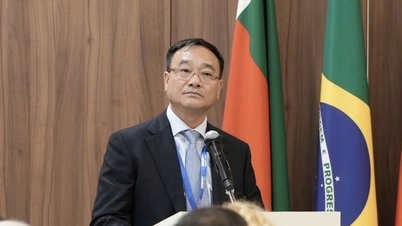
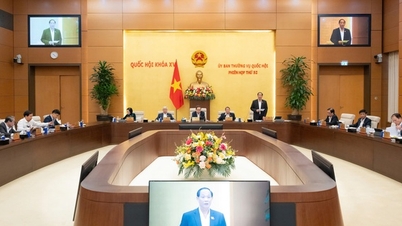
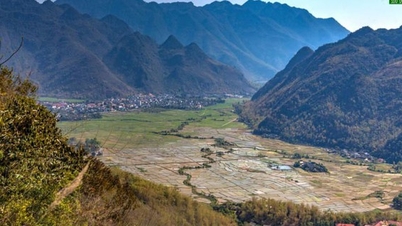
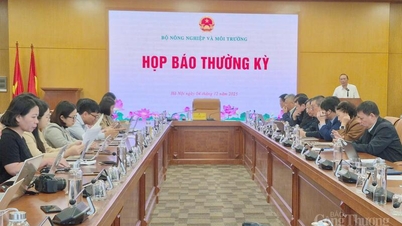
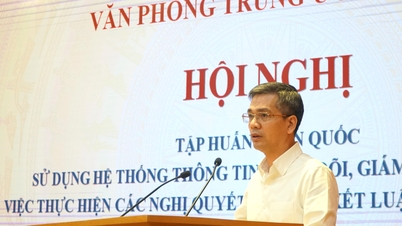

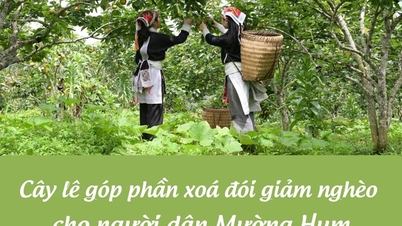
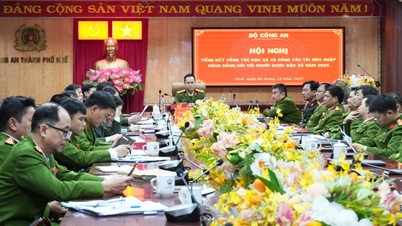
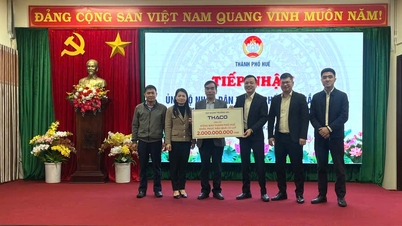
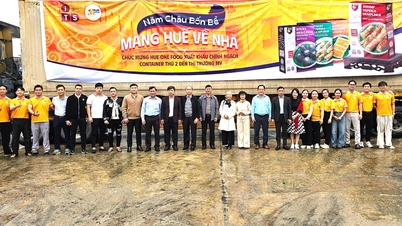
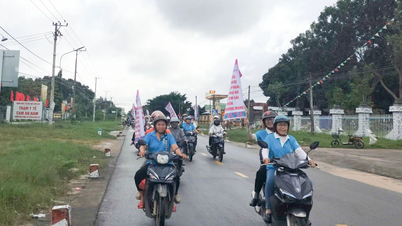

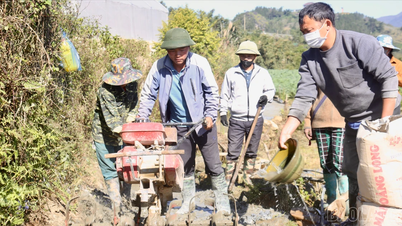

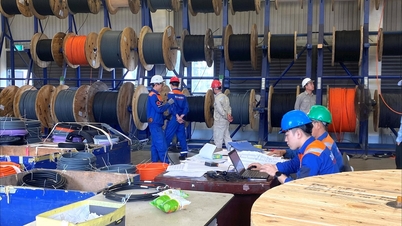










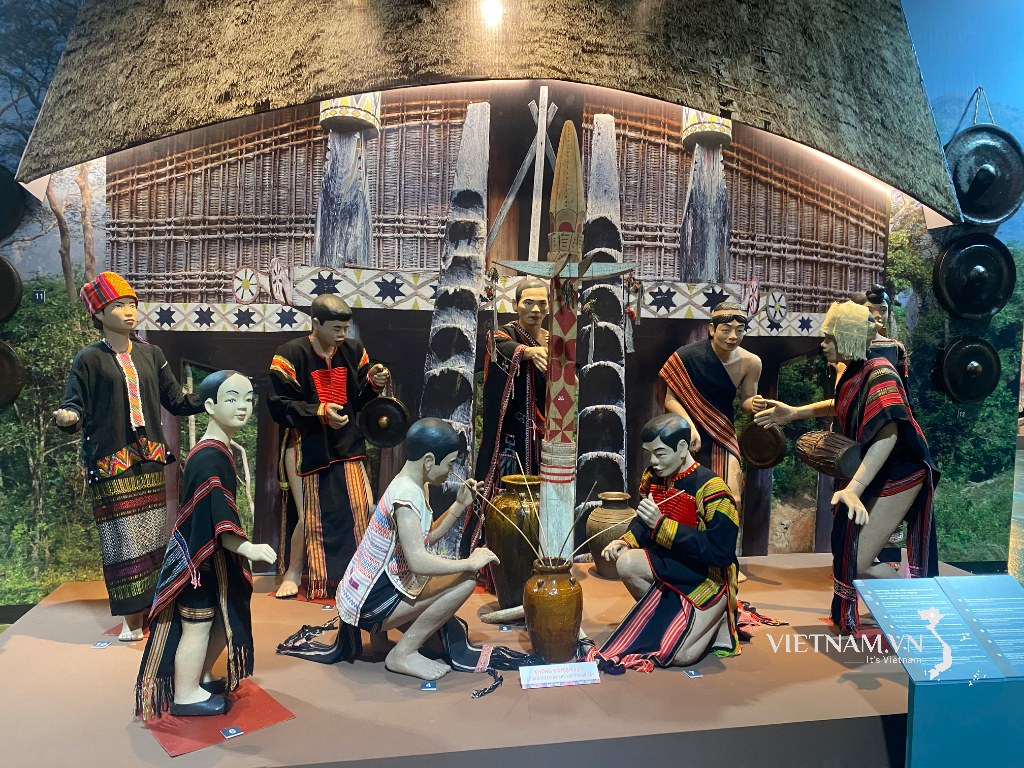

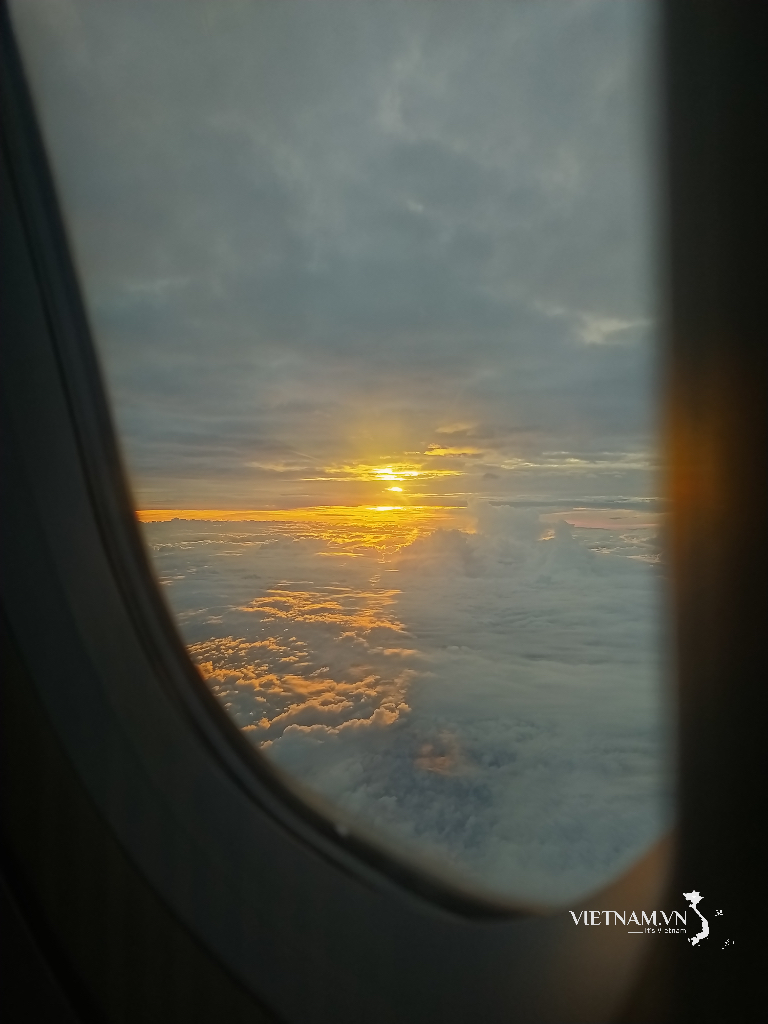

Comment (0)